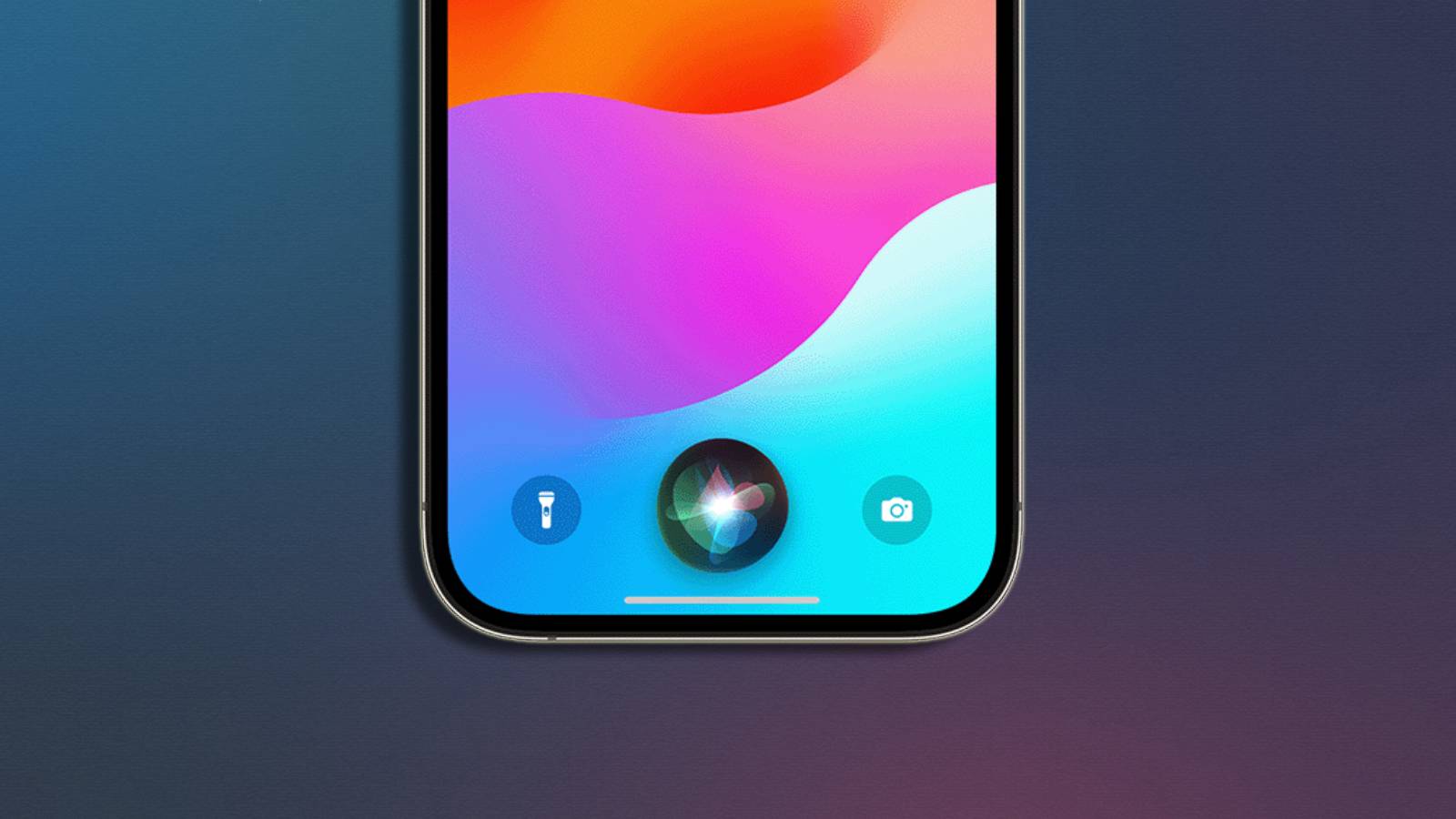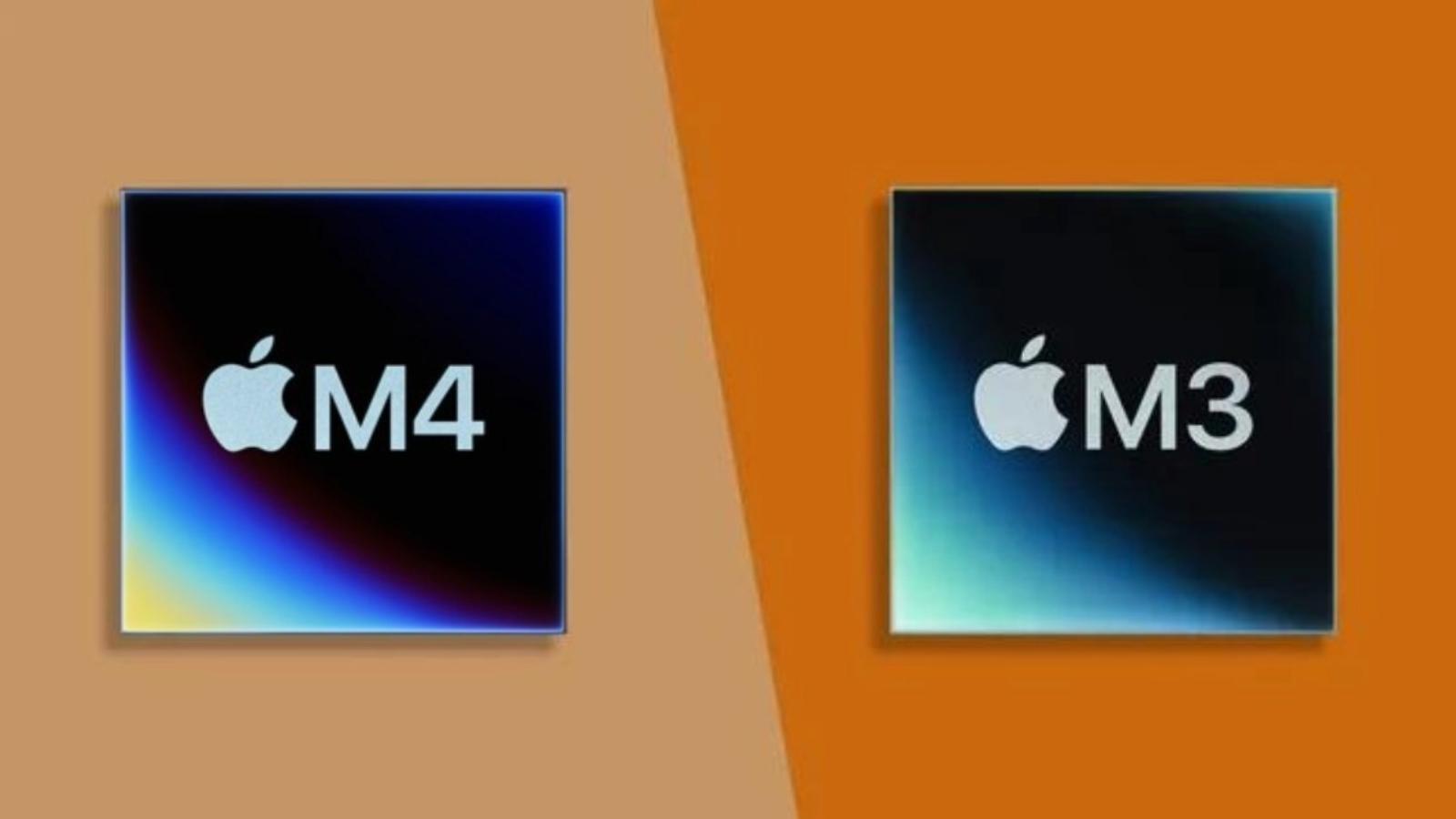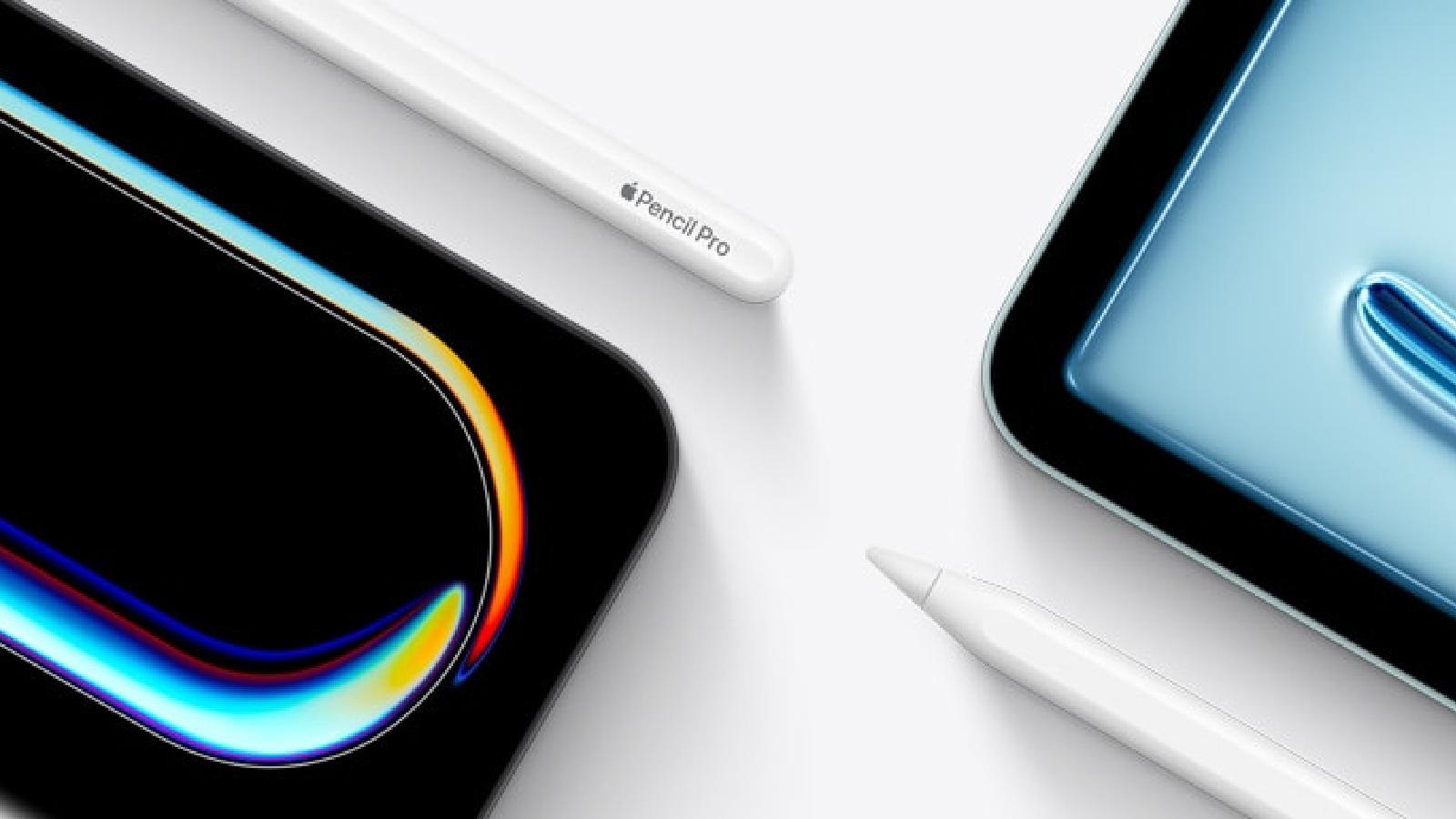The best Apple Vision Pro alternatives in 2024
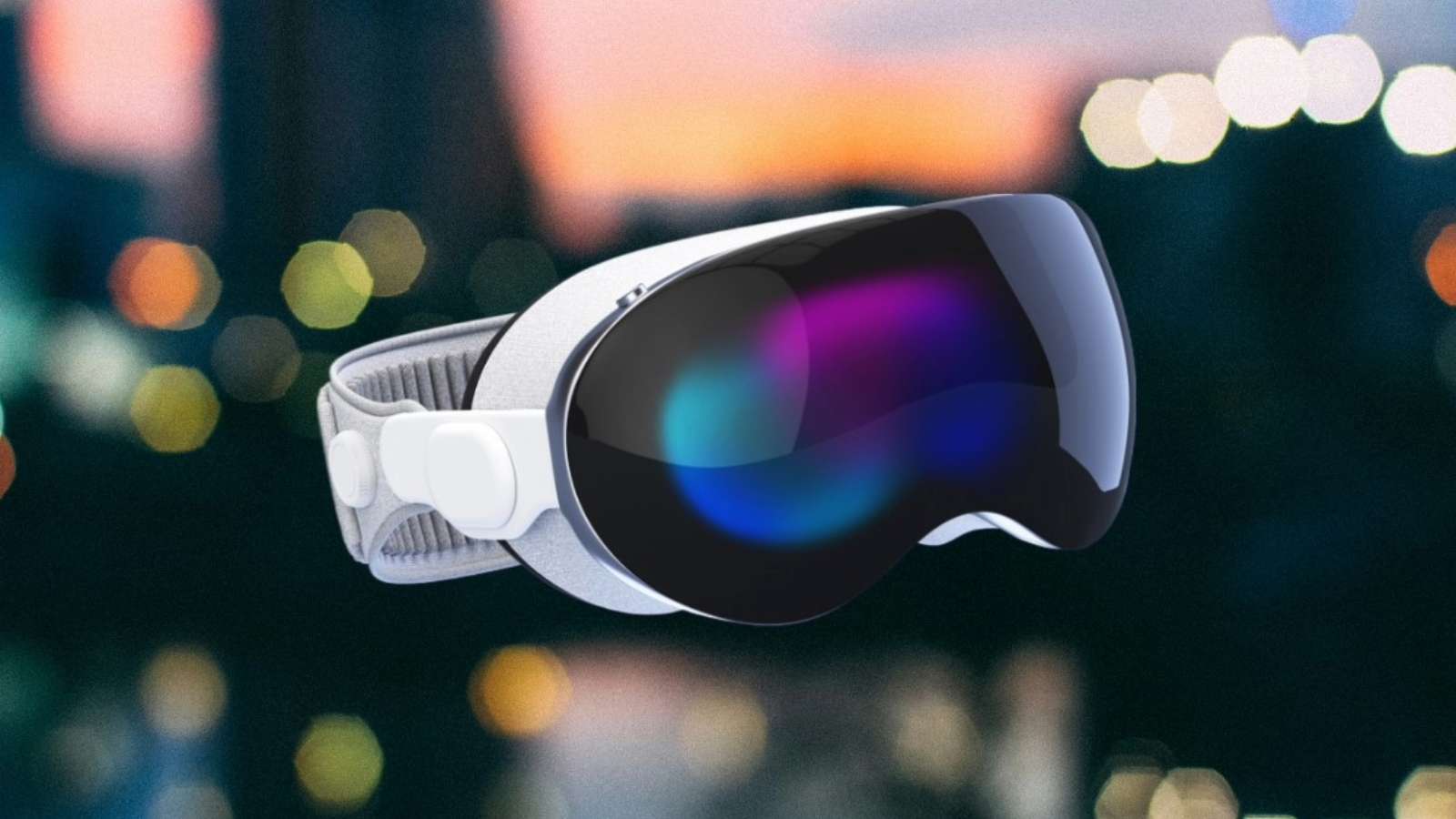 Apple/Unsplash
Apple/UnsplashIs the Apple Vision Pro too expensive? Here are five great alternatives that you can consider instead to keep your wallet happy.
The Apple Vision Pro is poised as the golden boy of VR headsets. It comes with a price tag of $3,499 and packs the Cupertino company’s best hardware. It also has neat software features and gesture controls. But should you spend so much money on a first-generation product?
Expert reviews suggest Apple Vision Pro leaves a lot to be desired. Of course, it will improve with time but what you get out of the box is not perfect by any means. Instead of paying a king’s ransom for the Vision Pro, you might want to look for alternatives.
The VR headsets you can currently get in the market are not as good as Apple’s offering. But they also cost peanuts in comparison. Below we have gathered the five best Apple Vision Pro alternatives you can get right now.
1. Meta Quest 3
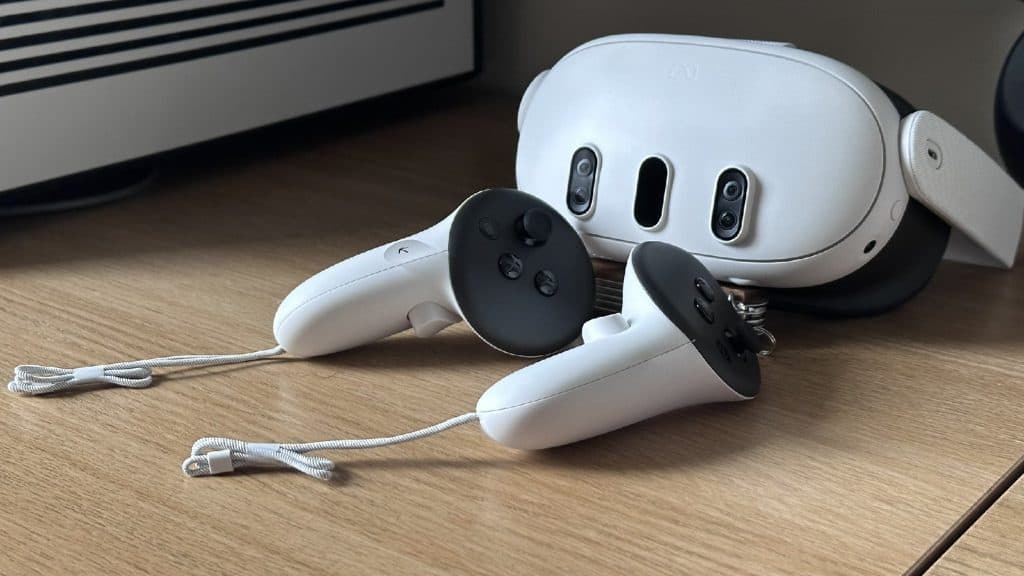 Dexerto
Dexerto - Display: LCD, 2064 x 2208 pixels per eye
- Eye tracking: no
- Standalone
- Price: $499
Meta has been in the VR game for quite some time, and the Quest 3 is their best headset to date. Meta Quest 3 is a solid Vision Pro alternative with its powerful processor and comfortable design. Unlike Apple’s VR headset, the Quest 3 is a standalone device. It has built-in battery that lasted around one and a half hours in our testing.
The Quest 3’s most important upgrades are in the display. The headset gets a 2064 x 2208 LCD in front of each eye, which is the best screen in any Quest ever. Everything, from text to high-res games, looks way crisper and better. It might not hit the sharpness and dynamism of the Vision Pro’s dual 4K micro-OLED displays, but it’s more than enough to let you breeze through small text in the headset.
Another reason why you might choose Meta Quest 3 is its weight. The VR headset weighs around 515g while the Vision Pro is between 600 and 650 grams.
Meta Quest 3 comes loaded with games, from fully fleshed-out adventures to quick and exciting picks. There are also a bunch of fitness and work apps to help you boost your productivity. If you like, you can even play SteamVR games using a Link Cable for a tethered connection to your PC.
2. HTC Vive XR Elite
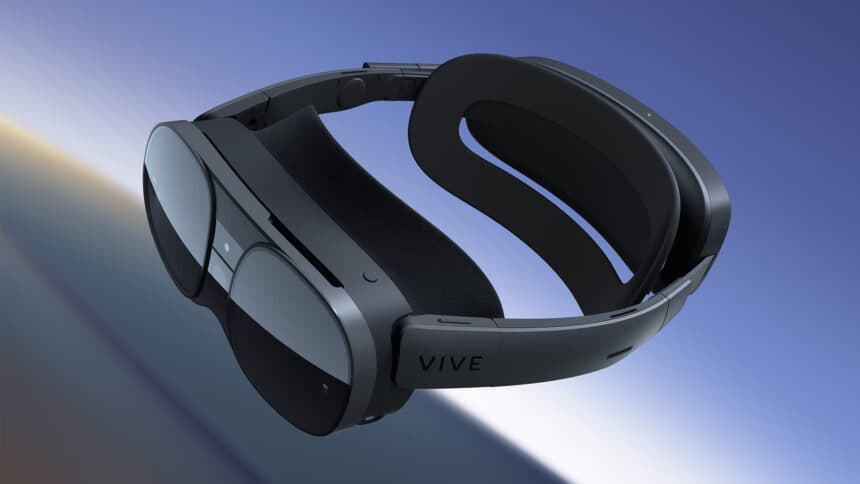 HTC
HTC- Display: LCD, 1920 x 1920 pixels per eye
- Eye tracking: no
- Standalone, can also be connected to a PC
- Price: $1099
The HTC Vive XR Elite is another great alternative to Vision Pro. It is convertible, meaning it can be used without a battery. It weighs a mere 260g when you plug it into a PC. The VR headset is not only light but also offers a vivid passthrough experience, thanks to its front RGB camera.
There are two LCDs built into this headset with custom lenses that offer 1920 x 1920 pixels resolution per eye. You also get 110 degrees in the field of view and a refresh rate of 90Hz. The headset is powered by the Snapdragon XR2, the same Qualcomm chip as the Pico 4.
Vive XR Elite has only around 135 games available to play in standalone mode. However, it gives you access to a lot more content when connected to a PC.
The VR headset also supports screen mirroring, giving you another option for casting more content. It lasts around one and a half hours while gaming and two hours in general.
3. Pico 4
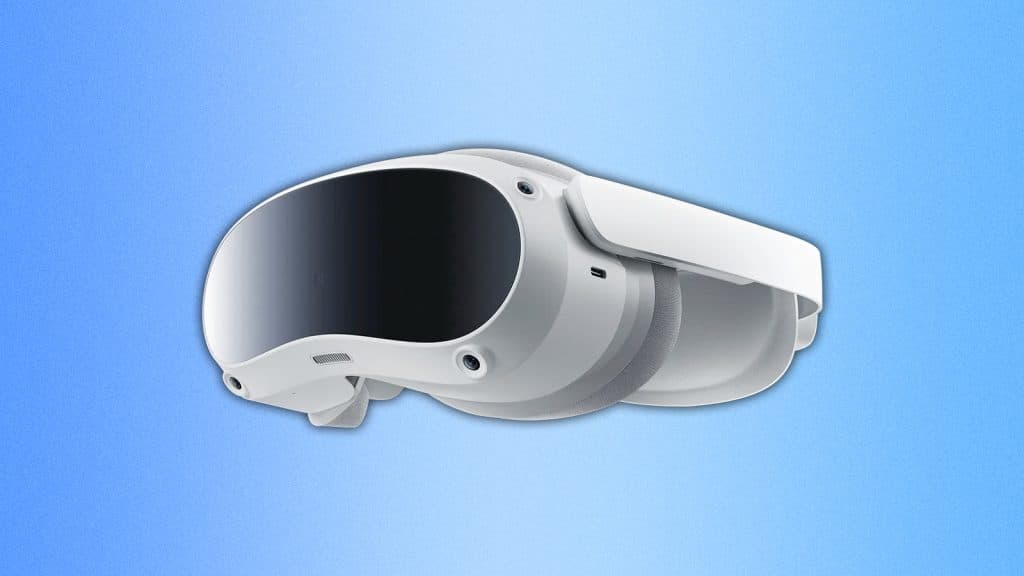 Pico
Pico- Display: LCD, 2160 x 2160 pixels per eye
- Eye tracking: yes
- Standalone
- Price: €429 (not available in the US)
The Pico 4’s affordability not only makes it a Vision Pro alternative but also a solid replacement for the Meta Quest 3. It’s smaller and lighter (295g), with cushioning in all the right places. Pico 4 has a good, even weight distribution to ensure a snug fit that doesn’t drag your head down.
The Pico 4 sports pancake lenses which allow it to slim down for a more comfortable fit without compromising image quality. With a sharp 2160 x 2160 resolution per eye, it holds its own against the newer Quest 3 in terms of visual fidelity. And it’s got the Qualcomm Snapdragon XR2 under the hood.
Even though the Pico 4 skips extras like hand tracking, it really nails the basics. The headset lasts over two hours of gaming and has a built-in battery, unlike the Vision Pro.
4. Valve Index
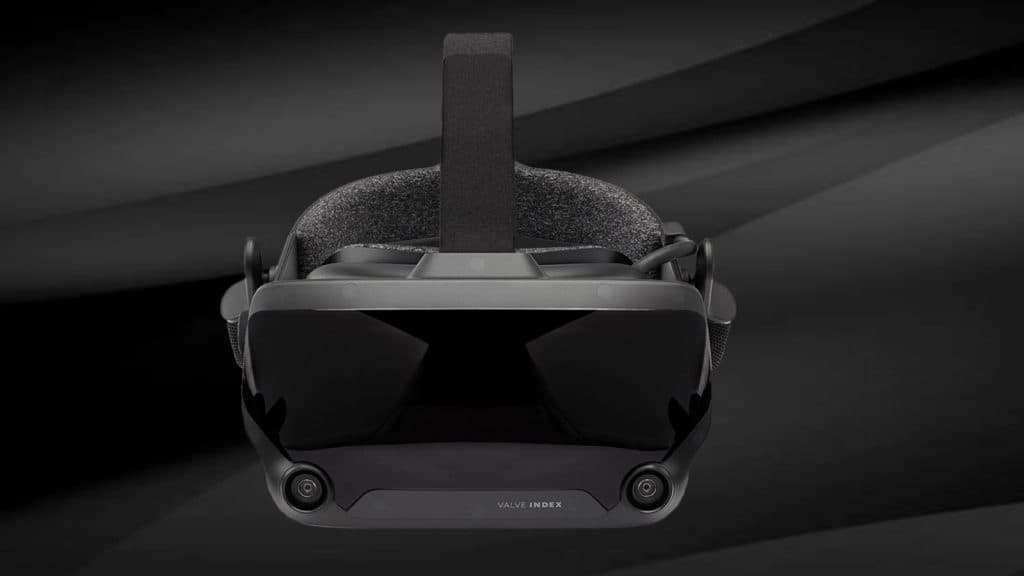 Dexerto
Dexerto- Display: LCD, 1,440 x 1,600 pixels per eye
- Eye tracking: no
- Requires connection with PC to work, and external room sensors
- Price: $999
The Valve Index isn’t the latest and greatest headset out there. It was launched back in 2019 but it’s still one of the most popular options, especially if you’re into gaming.
Its excellent sound and finger-tracking system make it a great Vision Pro alternative. The headset uses an IPS fast-switching 1440×1600 LCD panel for each eye, offering a combined resolution of 2880×1600.
It’s a great choice for anyone who has a massive Steam library already. It’s worth noting that Valve Index requires external sensors for tracking, so you’ll need to set those up in a room beforehand. Unlike the Quest 3 or Vision Pro, which can track the room with in-headset cameras, the Valve Index is not as self-contained.
5. PlayStation VR 2
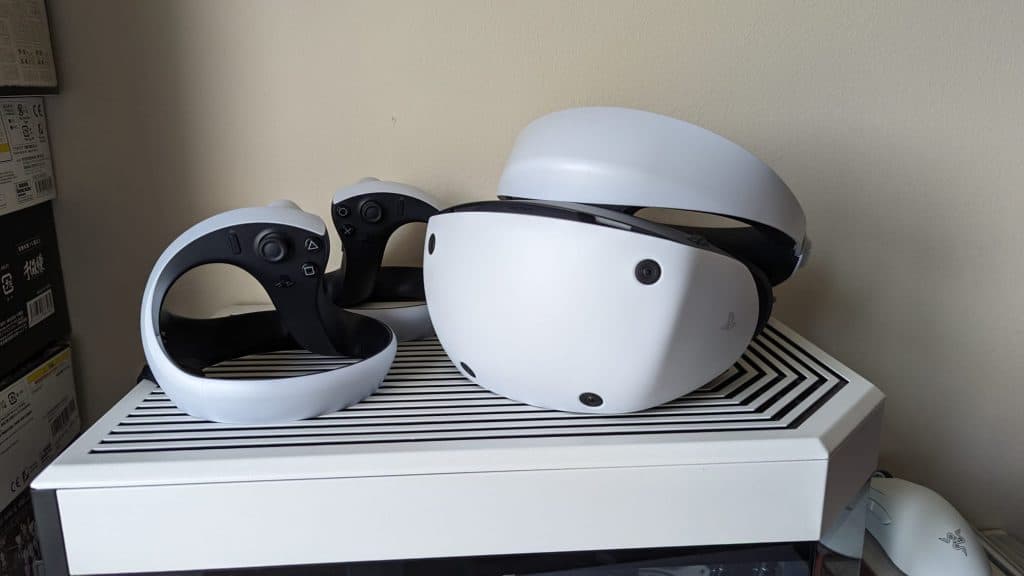 Dexerto
Dexerto - Display: OLED, 2,000 x 2,040 pixels per eye
- Eye tracking: yes
- Requires tethering to PS5 to work
- Price: $550
PlayStation VR 2 comes with a few caveats – it requires a PlayStation 5 for use, and it’s tethered rather than wireless. However, if these requirements don’t bother you, the PS VR 2 stands out as the top VR headset for gaming.
It features an OLED panel, a standout feature not found in many other VR headsets. The panel delivers great visuals, whether you’re fully immersed in the 110-degree field of view or enjoying non-VR content in cinematic mode.
It offers up to 120Hz refresh rate and fully adjustable lenses. Other niceties include eye tracking, facial haptics, and a headphone jack. PlayStation VR2 comes equipped with two fairly impressive new controllers with the same haptic triggers as found on the DualSense Edge. It gives you access to some exclusives like Gran Turismo 7, Resident Evil Village, and Horizon: Call of the Mountain.
If you click on a product link on this page we may earn a small affiliate commission.

